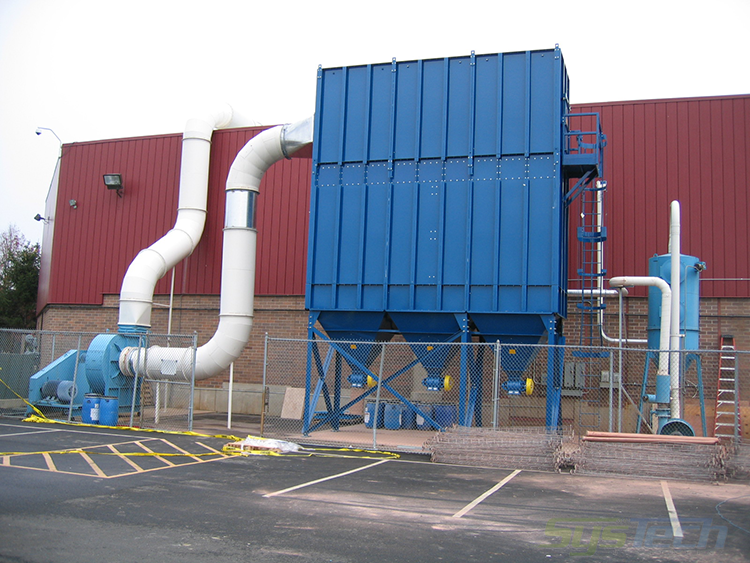
Ensuring that containers are airtight is crucial for various industries, including food storage, pharmaceuticals, and chemical transportation. In this blog post, we will explore the techniques and best practices for making a container airtight. From understanding the importance of airproofing to implementing effective sealing methods, we will cover everything you need to know to achieve optimal airproofing results.
- The Significance of Container Airproofing:
Container airproofing plays a vital role in preserving the quality, safety, and longevity of the contents within. By preventing the ingress of air, moisture, and contaminants, it safeguards against spoilage, degradation, and potential hazards. Maintaining an airtight environment is particularly critical for perishable goods, sensitive materials, and hazardous substances. - Assessing Container Air Leakage Points:
Before proceeding with airproofing measures, it is essential to identify potential leakage points. These may include gaps in doors, improperly sealed joints, damaged gaskets, or faulty ventilation systems. Thoroughly inspecting the container and addressing these issues will lay the foundation for effective airproofing. - Selecting Suitable Sealing Materials:
Choosing the right sealing materials is crucial for achieving airtightness. Depending on the container type and purpose, various options are available, such as rubber gaskets, silicone sealants, weatherstripping, and adhesive tapes. Each material has its strengths and limitations, so it is important to consider factors like durability, flexibility, temperature resistance, and chemical compatibility. - Implementing Effective Sealing Techniques:
To ensure a reliable airtight seal, proper sealing techniques must be employed. This involves cleaning and preparing the surfaces to be sealed, applying the chosen sealing material evenly and consistently, and allowing sufficient curing or drying time. Additionally, using compression or clamping methods can enhance the effectiveness of the seal. - Enhancing Container Structural Integrity:
In some cases, airproofing may require reinforcing the container's structural integrity. This can be achieved through measures such as reinforcing weak points, repairing damaged panels, or replacing worn-out components. Strengthening the container's overall structure will contribute to better airproofing results. - Regular Maintenance and Inspections:
Maintaining container airproofing integrity is an ongoing process. Regular inspections should be conducted to identify any signs of wear, damage, or degradation in the sealing materials or container structure. Prompt repairs and replacements should be carried out to prevent potential air leakage and ensure continued airtightness.
Conclusion:
Achieving airtightness in containers is a critical aspect of various industries. By understanding the significance of container airproofing, selecting suitable sealing materials, implementing effective techniques, and maintaining regular inspections, you can ensure optimal protection for your goods or materials. Remember, a well-sealed container not only preserves quality but also promotes safety and regulatory compliance.




